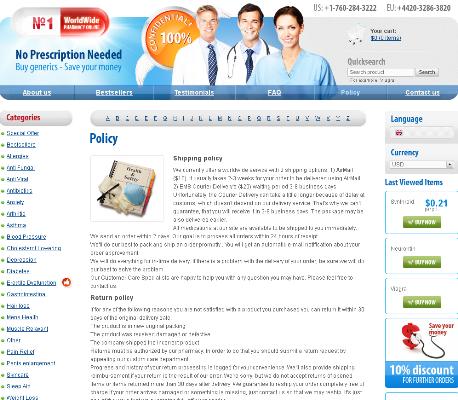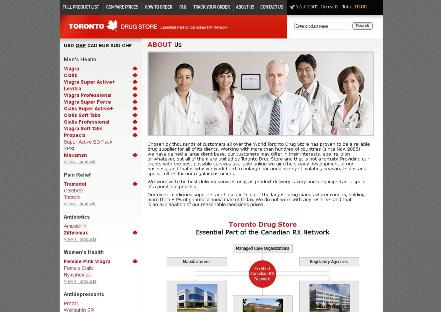Global Supply and Access to Hydroxychloroquine Medicines
Global Production Networks Shaping Hydroxychloroquine Availability
Teh factories from India to Europe produce active pharmaceutical ingredients for hydroxychloroquine, threading through contract manufacturers, packagers and exporters. Shortages often start with bottlenecks in precursor supply, limited production capacity, and concentrated sourcing decisions; pricing pressures favor low-cost nodes, while regulatory audits or quality holds can abruptly stop lines and send ripples worldwide.
These global production networks make availability a function of geopolitics, contract terms and logistics.
| Node | Vulnerability |
|---|---|
| API producers | Sourcing concentration |
| Packagers | Capacity constraints |
Regulatory Hurdles and Patent Landscapes Affecting Distribution

At a crowded port a pharmacist scavenges paperwork and phone calls, racing against time to secure shipments of hydroxychloroquine. Layers of permits and divergent national rules turn procurement into a maze few expect to navigate.
Regulators demand clinical evidence, batch testing, import licenses, and traceability. When a Goverment invokes emergency authorizations or export restrictions, supply lines tighten. Manufacturers must adapt labels, stability data, and meet varied pharmacopeial standards and audits.
Patent thickets and exclusive licenses can block generic entry, forcing poorer nations to seek compulsory licences or voluntary agreements. Tech transfer is crucial, as manufacturers struggle to aquire know-how and scale production rapidly across regions.
Without harmonized rules, lifesaving medicines stay trapped in bureaucracy while patients wait. Greater transparency, pooled procurement, and stewardship frameworks could ease shortages and ensure fair distribution, balancing urgent access with pharmacovigilance and long-term supply security.
Supply Chain Disruptions during Pandemics and Crises
Factory floors went quiet and cargo planes rerouted as sudden demand spikes strained networks; suppliers struggled to replace critical intermediates, while export curbs and labour limits slowed deliveries. For medicines such as hydroxychloroquine, hurried manufacturing scale-up sometimes caused quality checks to be compressed, raising patient safety concerns.
Logistics bottlenecks, cross-border paperwork and vaccine prioritisation exacerbated shortages. Coordination gaps Occured when countries hoarded stocks and data transparency lagged, impeding swift redistribution and undermining trust. Strengthening regional manufacturing, diversified suppliers and realtime monitoring can reduce vulnerability and ensure access amid future crises.
Equity Concerns: Low-income Countries Facing Shortages

In makeshift clinics and crowded urban markets, patients from low-income nations often discover that lifesaving drugs are scarce while wealthier buyers secure global stocks. Hydroxychloroquine became a symbol of these imbalances, as demand surges exposed fragile procurement systems and limited domestic production.
Shortages result from export restrictions, limited manufacturing capacity, and price gouging by intermediaries. International donations and tiered pricing help but are insufficient; local pharmaceutical industries lack investment, regulatory support, and supply chain resilience.
Addressing inequity requires transparency in allocation, technology transfer, and coordinated stockpiles so that essential medicines reach clinics, not just capitals. Without sustained global commitment from the Goverment, donors, and manufacturers, and civil society, vulnerable communities will continue to lose out.
Price Dynamics, Generics, and Market Competition Trends
Early in crises, buyers chase scarce supplies and wholesalers leverage brand recognition to keep prices high; when generics enter, competition usually drives costs down but quality concerns and regulatory delays can blunt savings. For hydroxychloroquine, shifts in API sourcing and tendering strategies shaped who could afford treatments, while Goverment purchasing decisions often amplified price swings.
Policy levers — pooled procurement, expedited approvals, and transparent pricing — can stabilise markets and encourage reliable generic supply.
| Factor | Effect |
|---|---|
| Generic-entry | Price-erosion |
| Consolidated-buying | Lower-costs |
Policy Solutions: Improving Access, Transparency, and Stewardship
Practical reforms start with transparency: open manufacturing data, export notifications, and pooled procurement reduce surprises and build trust. Stories of communities coping with shortages highlight the human stakes.
Regulatory harmonization, expedited voluntary licensing, and support for generic producers can lower prices and expand supply. Tech transfer and capacity building, and Goverment engagement help fragile health systems, easing access.
Long-term stewardship programs, demand forecasting, and finance mechanisms protect limited supplies while preserving efficacy; collaboration across borders turns isolated efforts into a global response that communities can trust and sustain health outcomes. WHO Q&A FDA statement
<

